Armored fiber optic cable is a type of cable with a protective metal sheath. This protective sheath is generally composed of steel strips or wires. Its main function is to improve the mechanical strength and compression capacity of the cable. This allows its use in harsh environments, such as underground installations, mines and tunnels. Armored cables effectively protect against external physical damage. They also increase protection against rodents. This ensures the stability and reliability of the optical fiber under various complex conditions. Armored cables are widely used in applications requiring high strength and high security, such as long distance communications, industrial control and the energy industry.
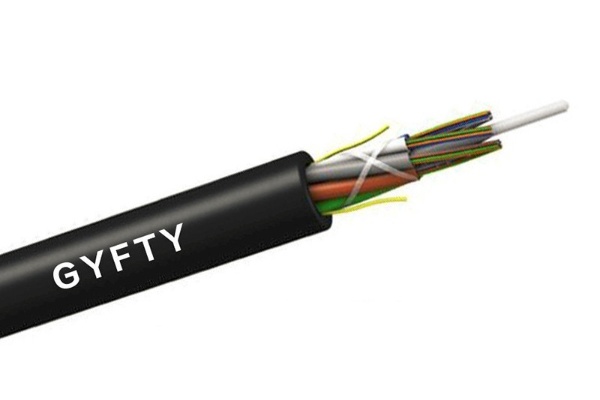
Characteristics of armored fiber optic cables
High mechanical resistance
The structure reinforced with steel strips or wires considerably reinforces the tensile strength, to compression and twisting of the cable.
Rodent resistance
The armor layer effectively protects the cable from rodent damage.
Strong environmental resistance
Suitable for harsh environments such as underground, the seabed and mines, it has great resistance to corrosion and aging.
High security
Effectively protects the optical fiber core from external shock and pressure, ensuring stable and reliable data transmission.
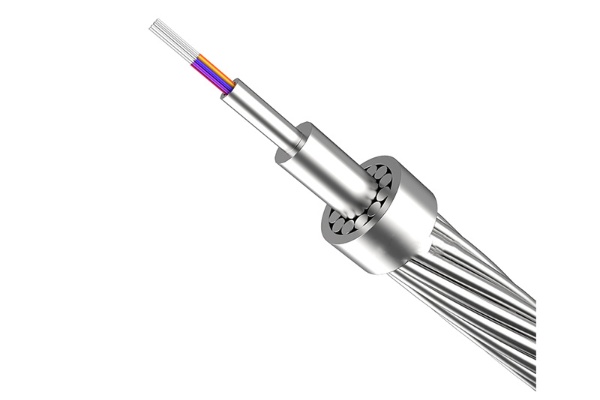
Applications
Armored fiber optic cables, due to their high strength and compressive capacity, are widely used in the following fields :
Underground and underwater installations
In these environments, armored cables effectively resist external pressure and physical damage, ensuring fiber security and data transmission stability.
Mines et tunnels
In places such as mines and tunnels, where conditions are difficult, armored cables offer excellent wear and tensile resistance, adapting to complex installation and operating conditions.
Industrial control systems
Industrial environments often experience mechanical vibration and shock. Armored cables provide reliable signal transmission and resist physical damage.
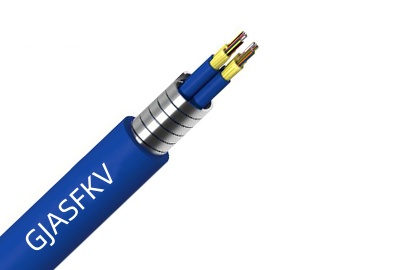
Energy industry
Armored cables, with their high mechanical strength and corrosion resistance, adapt to demanding work environments. They are therefore commonly used for data transmission and monitoring systems in petroleum industries, gas and electricity.
Military and defense
Military installations and defense projects require highly secure and reliable communications systems. Armored cables meet these needs by providing a stable communications connection.
Municipal construction
Armored cables are also used in the construction of urban infrastructure, such as traffic monitoring and smart buildings, in applications requiring high compressive strength and high safety.
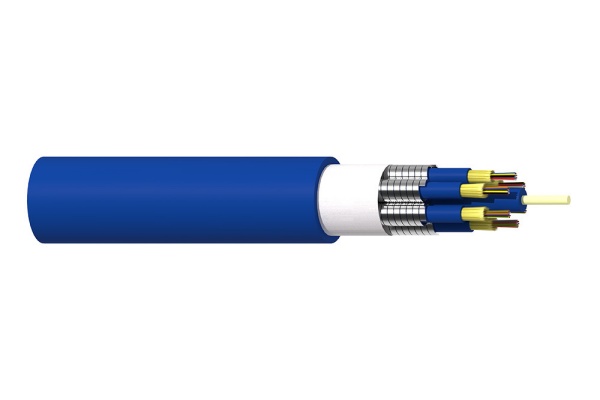
Outdoor environments
Outdoors or other open environments, armored fiber optic cables resist harsh weather conditions and animal damage, ensuring the stable operation of fiber optic systems.
In summary, armored fiber optic cables, thanks to their superior mechanical performance and environmental adaptability, are the preferred choice for fiber optic communications systems requiring high strength and reliability.
Common models
Different models of armored fiber optic cables are suitable for different application scenarios and environmental conditions. Here are some common models of armored cables and their characteristics :
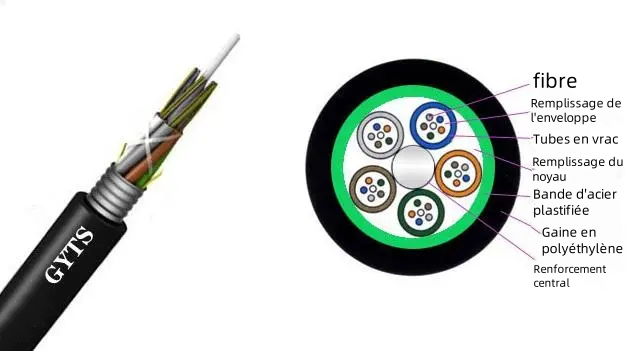
GYTS cable
Structural features
- Central tube or twisted structure : Optical fibers are placed in a central or loose tube.
- Simple steel strip armor : Armor layer provides basic mechanical protection and waterproofing.
- Polyethylene sheath : Outer jacket provides additional protection, suitable for various complex environments.
Application scenarios
Suitable for overhead installations, underground and in pipelines, widely used for medium and short communication lines.
GYTY53 cable
Structural features
- Central tube or twisted structure : Optical fibers are placed in a central or loose tube.
- Double armor : An inner aluminum layer and an outer steel layer provide high mechanical protection and waterproofing.
- Polyethylene sheath : The outer sheath improves weather resistance and mechanical strength.
Application scenarios
Mainly used for underground installations, in pipelines and underwater, ideal for long distance communication lines requiring high protection.
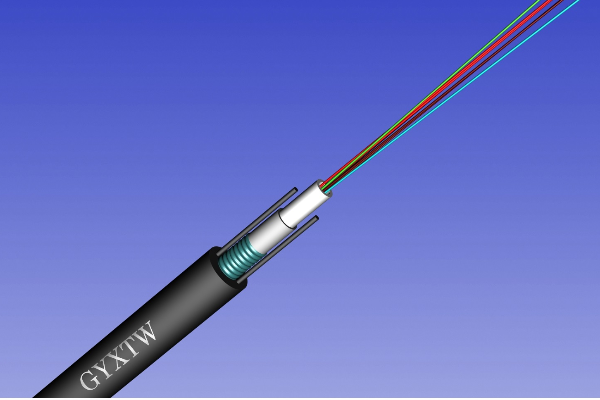
GYXTW53 cable
Structural features
- Central tube structure : Optical fibers are placed in a loose tube.
- Double armor : Protection by aluminum and steel strip offers high mechanical resistance and sealing.
- Polyethylene sheath : Ensures stable cable operation in complex environments.
Application scenarios
Suitable for long distance communication lines, particularly for underground installations requiring high mechanical protection.
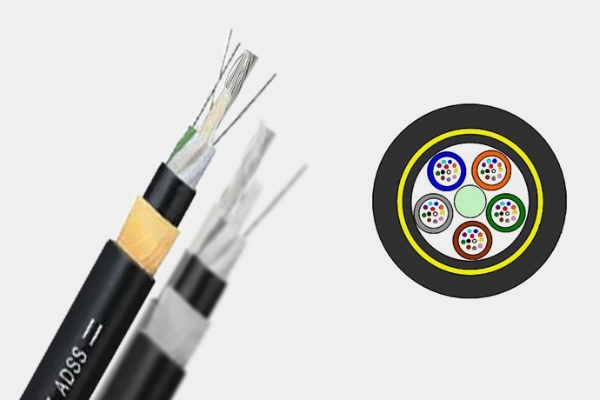
ADSS cable (All-Dielectric Self-Supporting)
Structural features
- All-dielectric structure : Does not contain any metal, light.
- Freestanding design : Suitable for communication lines of high voltage power lines, without additional support.
Application scenarios
Mainly used for lines of electrical systems communication, especially for high voltage transmission lines.
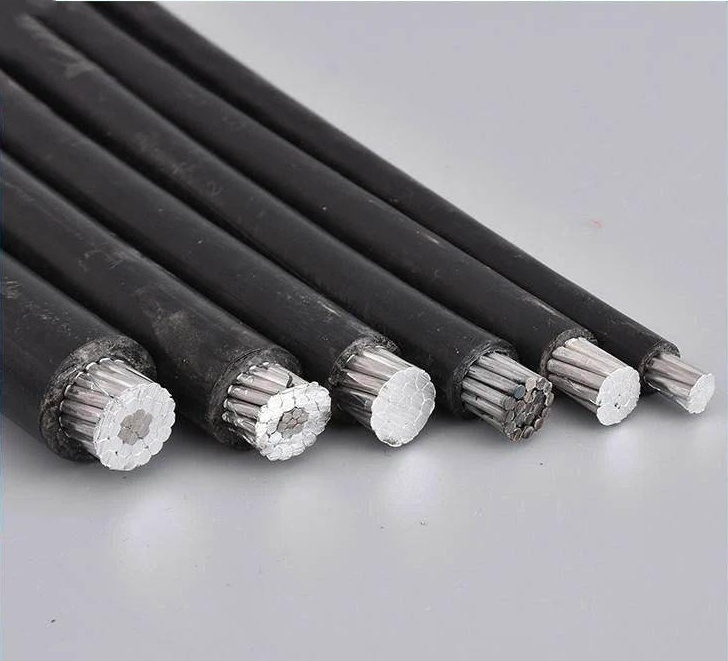
OPPC cable (Optical Fiber Composite Overhead Ground Wire)
Structural features
- Structure composite : La fibre optique est intégrée au conducteur électrique.
- Metal sheath : Fournit la protection mécanique nécessaire et l’isolation électrique.
Application scenarios
Utilisé dans les lignes de communication des systèmes électriques, capable de transmettre à la fois l’énergie et les données.
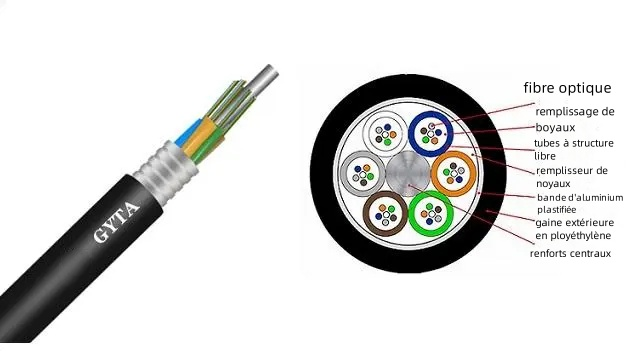
Câble GYTA
Structural features
- Structure torsadée : Les fibres optiques sont placées dans plusieurs tubes lâches, torsadés autour d’un renfort central.
- Armure en bande d’aluminium : Offre une protection mécanique de base et une étanchéité.
- Polyethylene sheath : La gaine extérieure protège le câble des influences environnementales externes.
Application scenarios
Convient aux installations en canalisation et aériennes, mainly for medium and short communication lines.
GYXTC8S cable
Structural features
- Central tube structure : Optical fibers are placed in a loose tube.
- Steel wire reinforcement : Placed parallel on each side of the cable, increases tensile strength.
- Steel Band Armor : Provides high mechanical protection and waterproofing.
- Freestanding design : Suitable for aerial installations.
Application scenarios
Mainly used for overhead communication lines requiring high tensile strength.
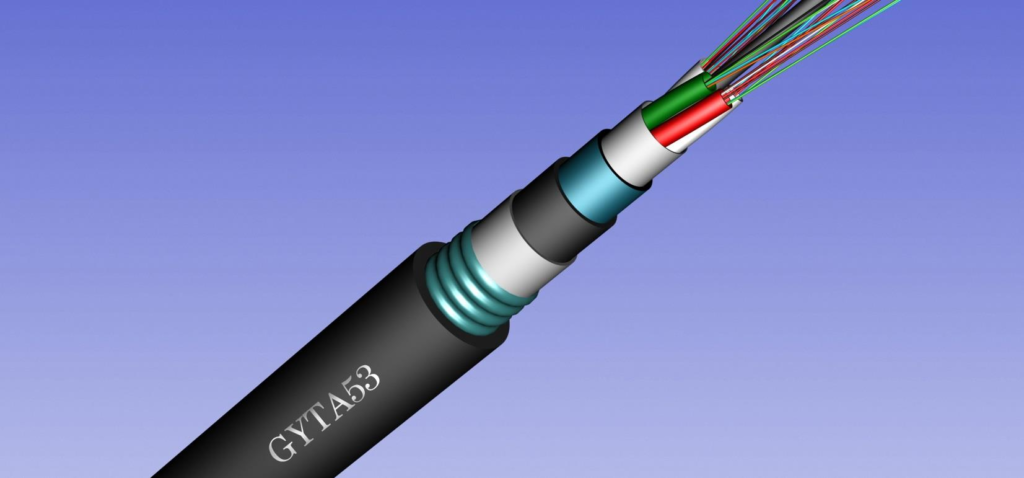
GYTA53 cable
Structural features
- Structure torsadée : Optical fibers are placed in loose tubes, torsadés autour d’un renfort central.
- Double armor : Combination of aluminum and steel strips providing high mechanical protection and sealing.
- Polyethylene sheath : Improves weather resistance and mechanical strength of the cable.
Application scenarios
Mainly used for underground installations, in pipelines and underwater, ideal for long distance communication lines requiring high protection.
GYFTC8Y cable
Structural features
- Central tube structure : Optical fibers are placed in a loose tube.
- Non-metallic reinforcement : Adapted to environments high voltage, avoids electromagnetic interference.
- Polyethylene sheath : Offers the necessary mechanical protection and waterproofing.
Application scenarios
Primarily used for high voltage transmission lines and other applications requiring non-metallic cables.
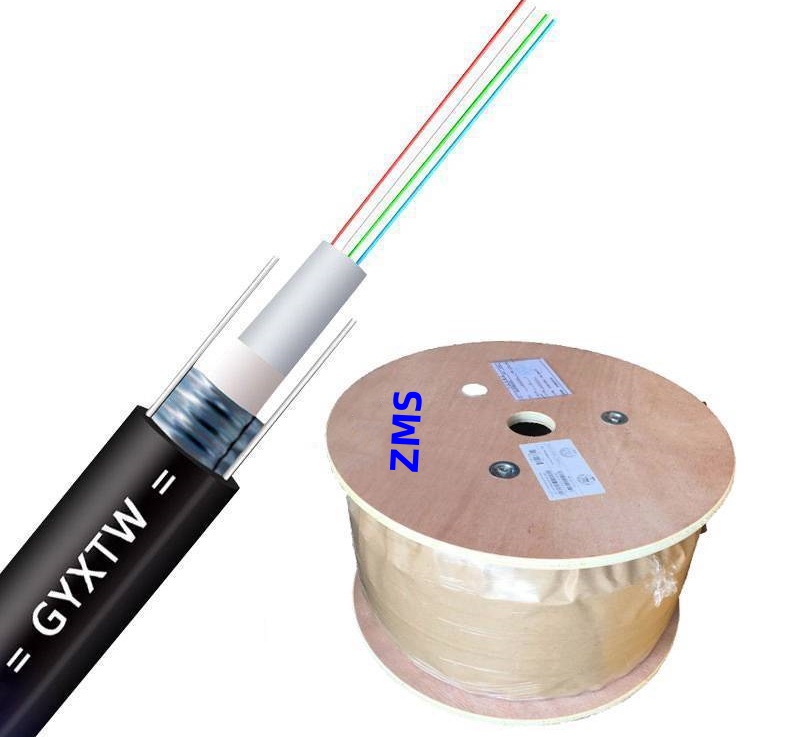
GYXTW cable
Structural features
- Central tube structure : Optical fibers are placed in a loose tube.
- Parallel steel wires : Placed on each side of the cable, increase tensile strength.
- Steel Band Armor : Provides basic mechanical protection and waterproofing.
- Polyethylene sheath : Improves weather resistance and mechanical strength of the cable.
Application scenarios
Suitable for long distance communication lines, especially for overhead and underground installations requiring high tensile strength.
Conclusion
Choosing the appropriate armored fiber optic cable depends on specific application scenarios and special needs. Each cable model has its own characteristics in terms of structure, mechanical protection and areas of application. In communication and energy transmission systems, Selecting the right cable model according to project requirements can effectively improve system stability and reliability.

